Star Fall - 220321
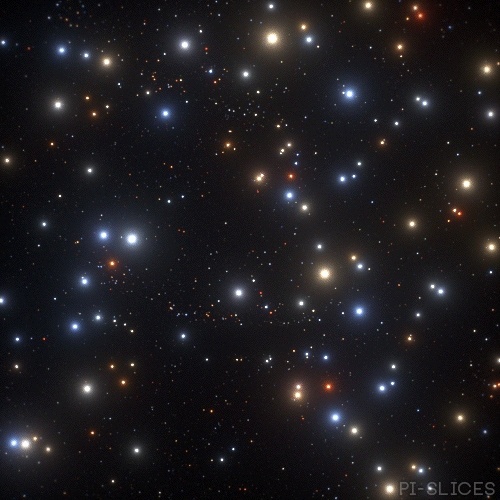
Star Fall - 220321
More Posts from Epic-flight and Others
The amazing final seconds of yesterday’s Starship landing. @spacex https://www.instagram.com/p/CInrXfSniww/?igshid=1b5o8ndalzcq9

Eclipse.

All the Little Moments.
Twitter / Instagram / Gumroad / Patreon
KnownOrigin / SuperRare / OBJKT / Zedge

Lynds Dark Nebula 1251 : Stars are forming in Lynds Dark Nebula (LDN) 1251. About 1,000 light-years away and drifting above the plane of our Milky Way galaxy, the dusty molecular cloud is part of a complex of dark nebulae mapped toward the Cepheus flare region. Across the spectrum, astronomical explorations of the obscuring interstellar clouds reveal energetic shocks and outflows associated with newborn stars, including the telltale reddish glow from scattered Herbig-Haro objects seen in this sharp image. Distant background galaxies also lurk on the scene, buried behind the dusty expanse. This alluring view imaged with a backyard telescope and broadband filters spans about two full moons on the sky, or 17 light-years at the estimated distance of LDN 1251. via NASA
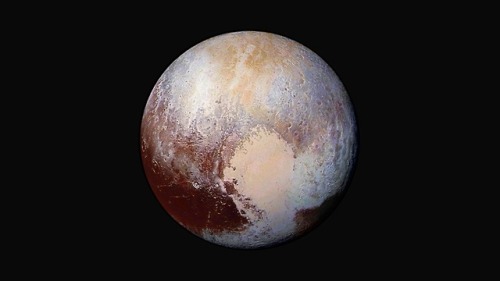

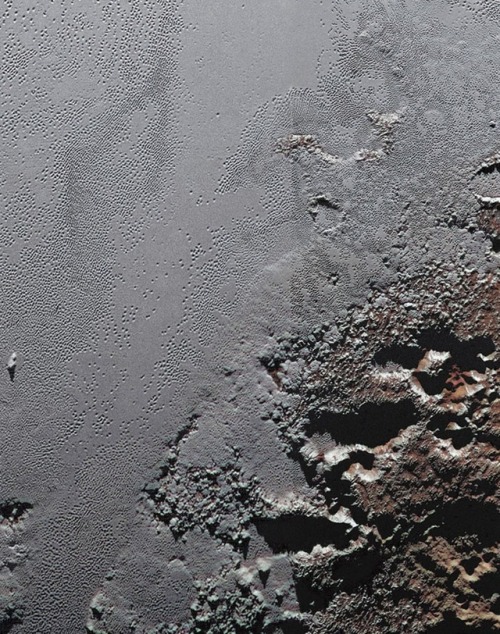
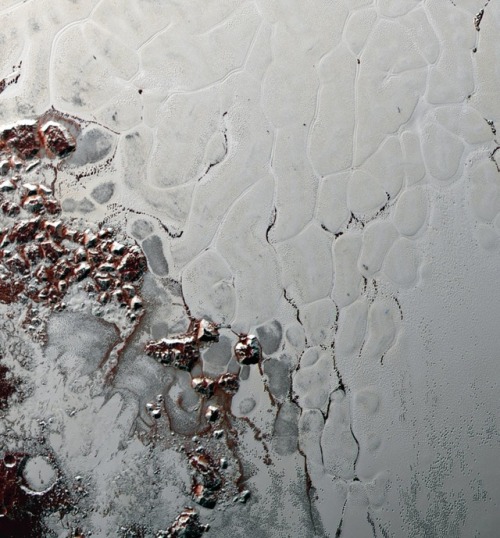
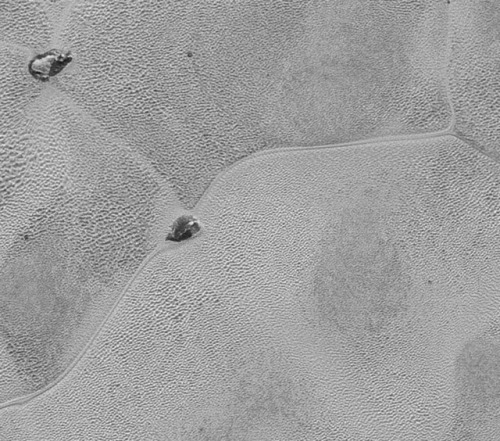
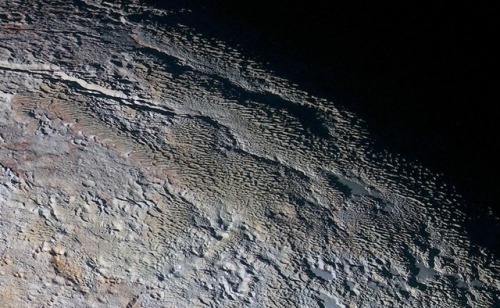
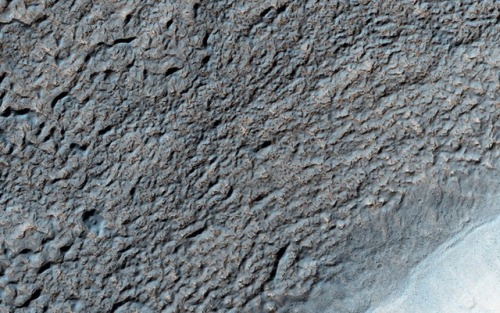
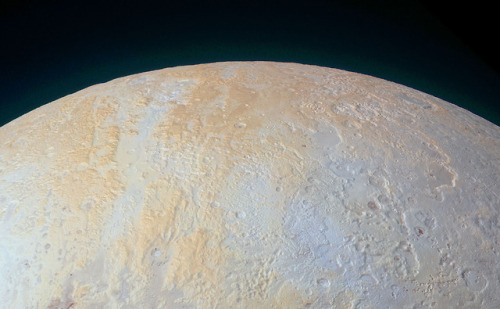
High-resolution images of Pluto taken by NASA’s New Horizons spacecraft.
The plains on Pluto’s surface are composed of more than 98 percent nitrogen ice, with traces of methane and carbon monoxide. Nitrogen and carbon monoxide are most abundant on the anti-Charon face of Pluto (around 180° longitude, where Tombaugh Regio’s western lobe, Sputnik Planitia, is located), whereas methane is most abundant near 300° east. The mountains are made of water ice. Pluto’s surface is quite varied, with large differences in both brightness and color. Pluto is one of the most contrastive bodies in the Solar System, with as much contrast as Saturn’s moon Iapetus. The color varies from charcoal black, to dark orange and white. Pluto’s color is more similar to that of Io with slightly more orange and significantly less red than Mars. Notable geographical features include Tombaugh Regio, or the “Heart” (a large bright area on the side opposite Charon), Cthulhu Macula, or the “Whale” (a large dark area on the trailing hemisphere), and the “Brass Knuckles” (a series of equatorial dark areas on the leading hemisphere). Sputnik Planitia, the western lobe of the “Heart”, is a 1,000 km-wide basin of frozen nitrogen and carbon monoxide ices, divided into polygonal cells, which are interpreted as convection cells that carry floating blocks of water ice crust and sublimation pits towards their margins; there are obvious signs of glacial flows both into and out of the basin. It has no craters that were visible to New Horizons, indicating that its surface is less than 10 million years old.
source | images: NASA/JPL

The Lively Center of the Lagoon Nebula : The center of the Lagoon Nebula is a whirlwind of spectacular star formation. Visible near the image center, at least two long funnel-shaped clouds, each roughly half a light-year long, have been formed by extreme stellar winds and intense energetic starlight. A tremendously bright nearby star, Herschel 36, lights the area. Vast walls of dust hide and redden other hot young stars. As energy from these stars pours into the cool dust and gas, large temperature differences in adjoining regions can be created generating shearing winds which may cause the funnels. This picture, spanning about 10 light years, combines images taken in six colors by the orbiting Hubble Space Telescope. The Lagoon Nebula, also known as M8, lies about 5000 light years distant toward the constellation of the Archer (Sagittarius). via NASA

Dunes on the floor of the Endurance Crater on Mars, November 16, 2004.
(Planetary Society)


signal space
-
 myutsuwu liked this · 3 months ago
myutsuwu liked this · 3 months ago -
 m00nsoul1991 liked this · 10 months ago
m00nsoul1991 liked this · 10 months ago -
 deadbutdontwannadelete reblogged this · 1 year ago
deadbutdontwannadelete reblogged this · 1 year ago -
 deadbutdontwannadelete reblogged this · 1 year ago
deadbutdontwannadelete reblogged this · 1 year ago -
 hercuels liked this · 1 year ago
hercuels liked this · 1 year ago -
 halfpoisonhalfgod liked this · 1 year ago
halfpoisonhalfgod liked this · 1 year ago -
 baddestvenus-in-virgo reblogged this · 1 year ago
baddestvenus-in-virgo reblogged this · 1 year ago -
 baddestvenus-in-virgo liked this · 1 year ago
baddestvenus-in-virgo liked this · 1 year ago -
 nanoseven liked this · 1 year ago
nanoseven liked this · 1 year ago -
 synandsym reblogged this · 2 years ago
synandsym reblogged this · 2 years ago -
 crayonpencil liked this · 2 years ago
crayonpencil liked this · 2 years ago -
 fragrance-34 reblogged this · 2 years ago
fragrance-34 reblogged this · 2 years ago -
 fragrance-34 liked this · 2 years ago
fragrance-34 liked this · 2 years ago -
 adhd-queer-paralysis reblogged this · 2 years ago
adhd-queer-paralysis reblogged this · 2 years ago -
 adhd-queer-paralysis liked this · 2 years ago
adhd-queer-paralysis liked this · 2 years ago -
 ione-entranced reblogged this · 2 years ago
ione-entranced reblogged this · 2 years ago -
 mystravil liked this · 2 years ago
mystravil liked this · 2 years ago -
 princely1 reblogged this · 2 years ago
princely1 reblogged this · 2 years ago -
 wormsslime reblogged this · 2 years ago
wormsslime reblogged this · 2 years ago -
 im-gay-and-tired liked this · 2 years ago
im-gay-and-tired liked this · 2 years ago -
 wormsslime liked this · 2 years ago
wormsslime liked this · 2 years ago -
 bellaswansong reblogged this · 2 years ago
bellaswansong reblogged this · 2 years ago -
 lunamay3 liked this · 2 years ago
lunamay3 liked this · 2 years ago -
 feetdonttouch reblogged this · 2 years ago
feetdonttouch reblogged this · 2 years ago -
 misatosan liked this · 2 years ago
misatosan liked this · 2 years ago -
 rainbowclashart liked this · 2 years ago
rainbowclashart liked this · 2 years ago -
 00quattro liked this · 2 years ago
00quattro liked this · 2 years ago -
 tulipashesformulch liked this · 2 years ago
tulipashesformulch liked this · 2 years ago -
 kalamity-jayne reblogged this · 2 years ago
kalamity-jayne reblogged this · 2 years ago -
 azurlavandasblog liked this · 2 years ago
azurlavandasblog liked this · 2 years ago -
 brandon1997 liked this · 2 years ago
brandon1997 liked this · 2 years ago -
 velvetcnidarian-vibes reblogged this · 2 years ago
velvetcnidarian-vibes reblogged this · 2 years ago -
 the-great-dumpster-fire liked this · 2 years ago
the-great-dumpster-fire liked this · 2 years ago -
 dillonizzo liked this · 2 years ago
dillonizzo liked this · 2 years ago -
 johntheduelist liked this · 2 years ago
johntheduelist liked this · 2 years ago -
 vegasdomreblogs liked this · 2 years ago
vegasdomreblogs liked this · 2 years ago -
 whitewalker13 liked this · 2 years ago
whitewalker13 liked this · 2 years ago -
 elchicodelostakis liked this · 2 years ago
elchicodelostakis liked this · 2 years ago -
 no-fue-mi-culpa reblogged this · 2 years ago
no-fue-mi-culpa reblogged this · 2 years ago -
 saintpapichulo liked this · 2 years ago
saintpapichulo liked this · 2 years ago




